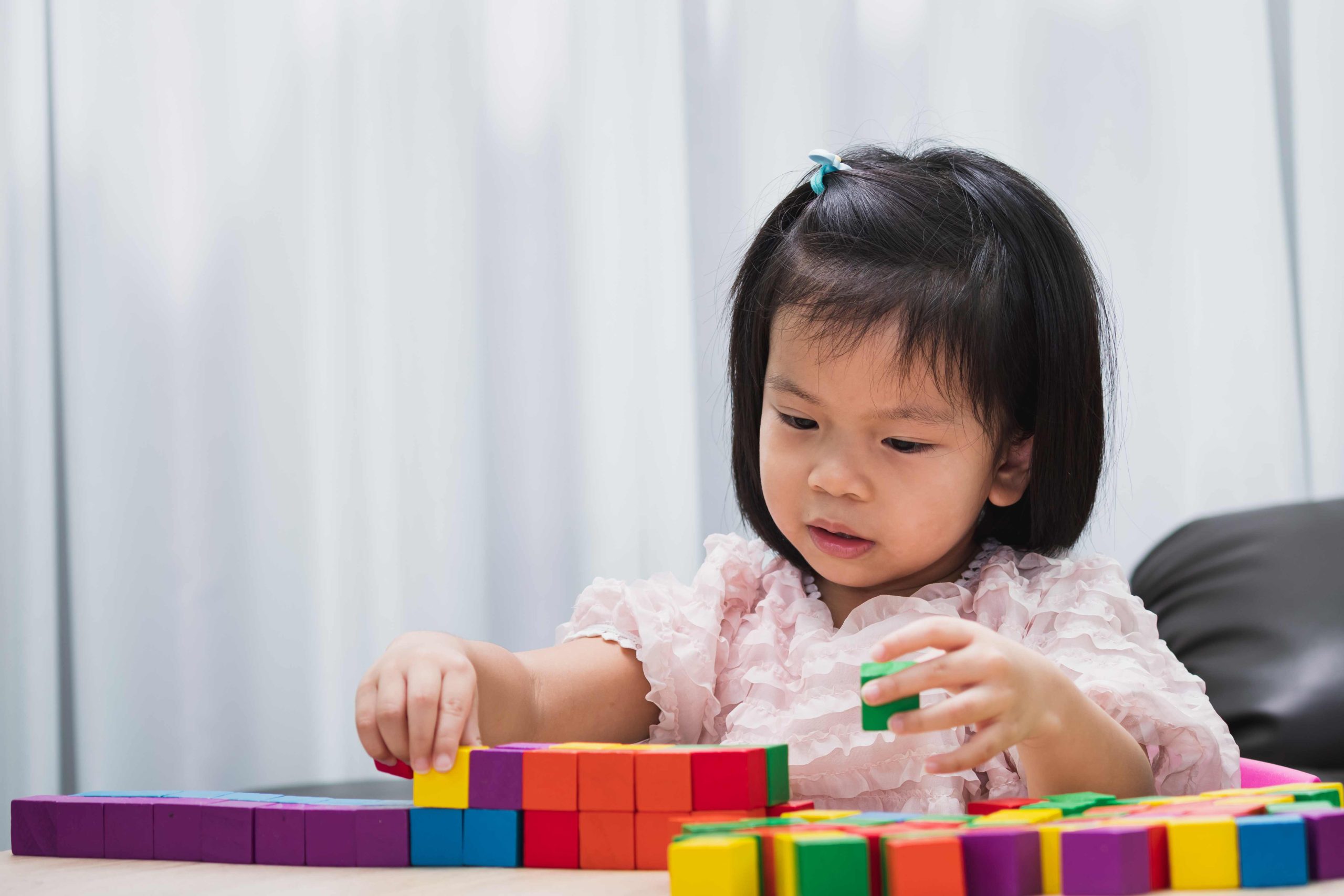
The Incredible Inventiveness of Preschoolers
Inventiveness is not limited to adults. In fact, preschoolers are some of the most inventive people on the planet. Their imaginations know no bounds and their creativity can lead to truly remarkable discoveries. In this article, we’ll explore the incredible inventiveness of preschoolers and why we should encourage their creativity.
The Power of Imagination
Preschoolers have incredibly active imaginations. They can turn a cardboard box into a spaceship or a stick into a magic wand. Their imaginations allow them to see possibilities where adults may only see limitations. This imaginative play is crucial for their development as it helps them to explore the world around them and develop problem-solving skills.
Learning Through Trial and Error
Preschoolers are not afraid to make mistakes. In fact, they often learn best through trial and error. This trial and error process allows preschoolers to learn from their mistakes and refine their ideas until they come up with the best possible solution.
Creativity in Problem Solving
Preschoolers are natural problem solvers. They approach problems with a fresh perspective and are not limited by preconceived notions or assumptions. This allows them to come up with unique solutions to problems that may seem insurmountable to adults.
Encouraging Inventiveness in Preschoolers
As parents, teachers, and caregivers, it’s important to encourage the inventiveness of preschoolers. We can do this by providing them with open-ended toys and materials that allow them to explore and create. It’s also important to give them the time and space to engage in imaginative play and problem-solving activities.
Nurturing the Next Generation of Inventors
By encouraging the inventiveness of preschoolers, we are not only helping them develop valuable skills but also nurturing the next generation of inventors. Who knows what remarkable discoveries these young minds will come up with in the future?
Overcoming Barriers to Inventiveness
While preschoolers are naturally inventive, there are barriers that can hinder their creativity. One of the biggest barriers is the pressure to conform to societal expectations. Additionally, the focus on academic achievement can limit the opportunities for imaginative play and exploration.
The Role of Play in Inventiveness
Play is an essential part of childhood, and it plays a crucial role in the inventiveness of preschoolers. Play allows preschoolers to explore their surroundings, experiment with new ideas, and develop their problem-solving skills.
Supporting the Inventiveness of Preschoolers at Home
Parents and caregivers play a crucial role in supporting the inventiveness of preschoolers. Here are some tips for encouraging inventiveness at home:
Provide open-ended toys and materials Allow for unstructured playtime Encourage imaginative play Ask open-ended questions Model inventiveness Celebrate mistakesSupporting the Inventiveness of Preschoolers in the Classroom
Educators also play a critical role in supporting the inventiveness of preschoolers. Here are some tips for encouraging inventiveness in the classroom:
Provide a variety of materials and experiences Foster a supportive and inclusive environment Encourage imaginative play Incorporate STEM activities Ask open-ended questions Celebrate inventivenessChallenges in Supporting the Inventiveness of Preschoolers
While it is important to support the inventiveness of preschoolers, there are also some challenges to consider. Here are some of the main challenges:
Safety concerns Limited resources Time constraints Cultural and linguistic barriers Resistance to changeThe Importance of Supporting the Inventiveness of Preschoolers
Supporting the inventiveness of preschoolers is crucial for their overall development and future success. Here are some reasons why:
Develops problem-solving skills Builds creativity Boosts confidence Fosters a love of learning Prepares for the futureWays to Support the Inventiveness of Preschoolers
There are many ways to support the inventiveness of preschoolers, both in the classroom and at home. Here are some ideas:
Provide open-ended materials Encourage problem-solving Create a safe and supportive environment Foster collaboration and communication Provide exposure to new experiences Incorporate technology Follow their interests

